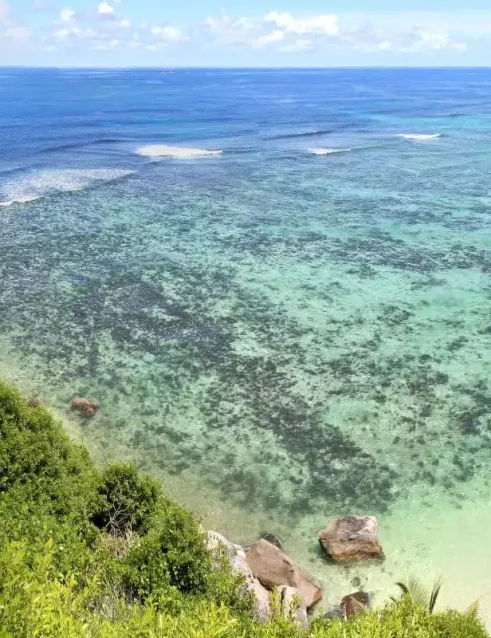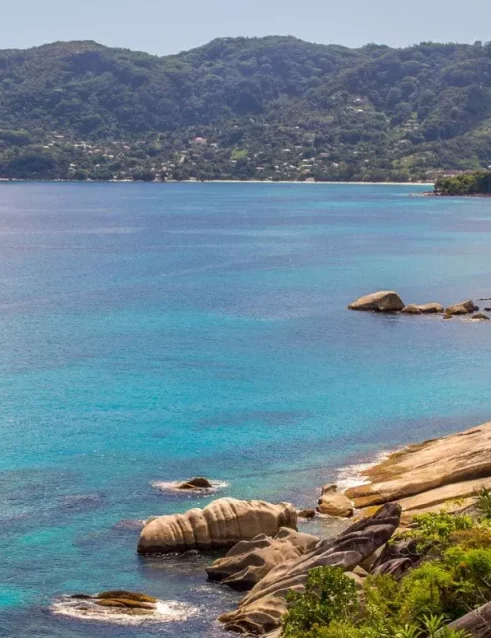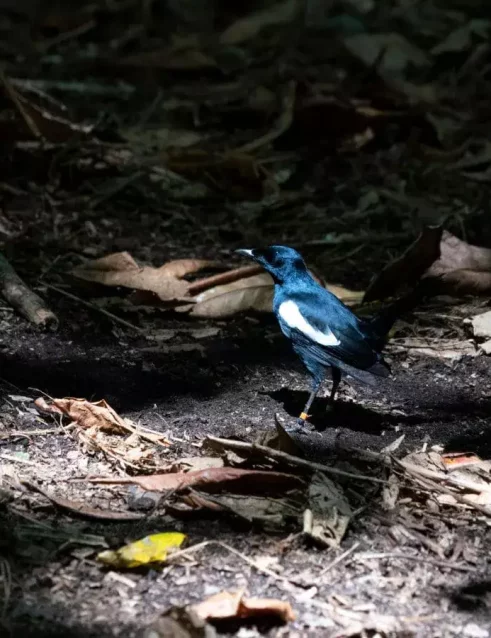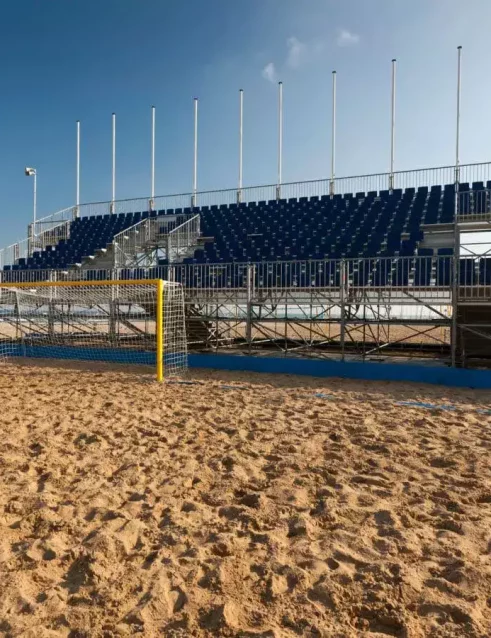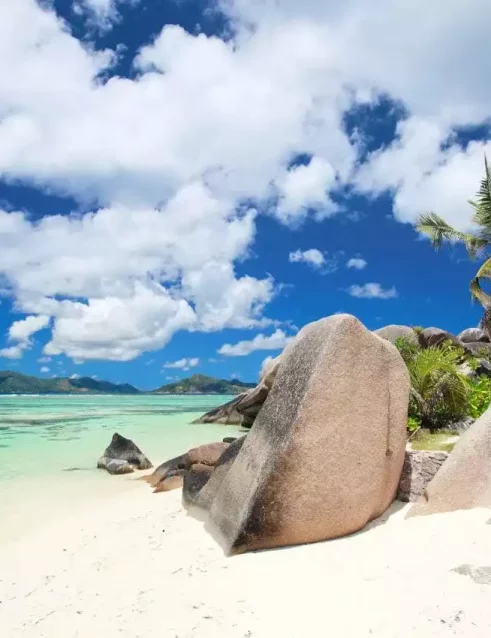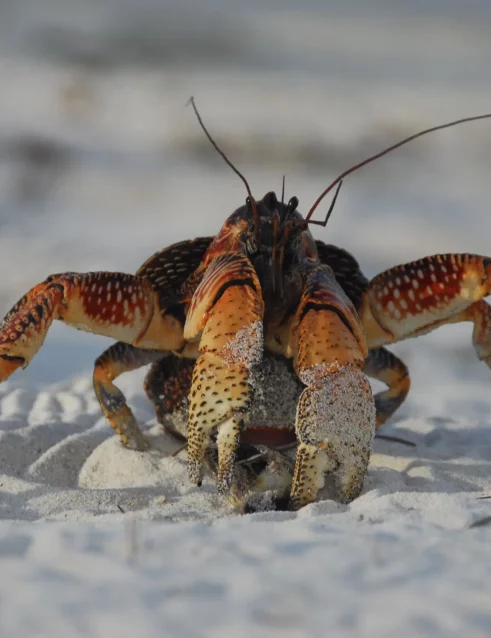Aride Island
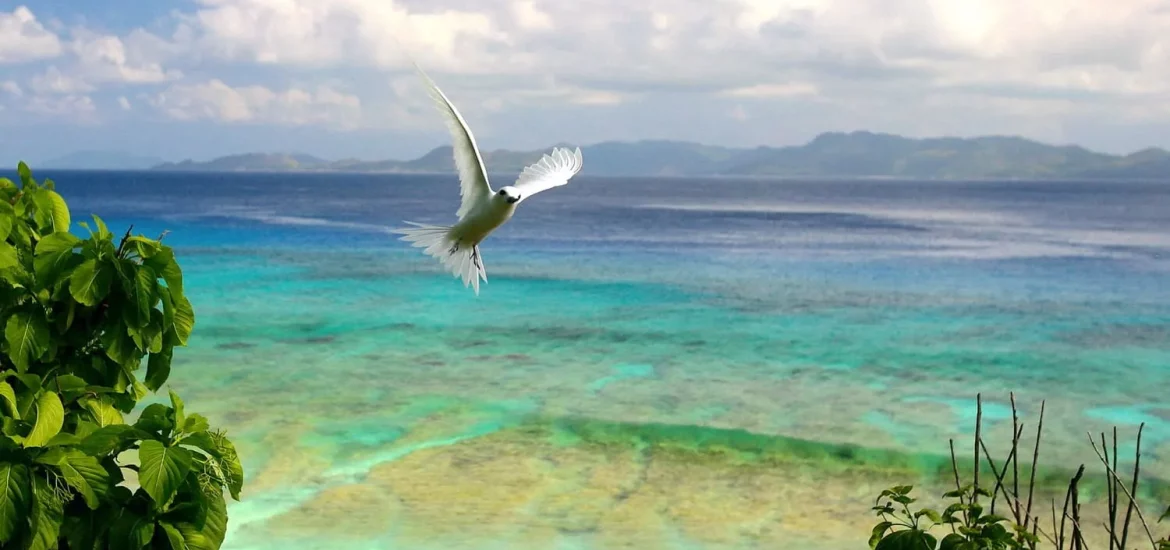
Image Source: Aride Island Nature Reserve - Home
The Island Conservation Society of Seychelles takes the helm in managing Aride Island, upholding its status as a sanctuary for flora and fauna. The conservation efforts here are evident in the thriving populations of birds and the successful preservation of natural habitats. Visitors to Aride Island have the opportunity to witness a landscape that remains as untainted as it was centuries ago, offering a rare glimpse into the pristine ecosystems of the Indian Ocean’s past.
Bird enthusiasts, in particular, are drawn to Aride Island for the chance to observe an impressive roost containing ten breeding species of seabirds, among them the Seychelles warbler. The experience is enhanced by the presence of knowledgeable guides who are passionate in their work, weaving a narrative of Aride’s importance in global conservation and providing insights into the delicate balance of this ecological haven.
Geography and Climate
Aride Island emerges as a significant granitic island in the Seychelles archipelago, showcasing the unique geographical and climatic patterns of this oceanic setting.
Granitic Seychelles
Aride Island belongs to the Granitic Seychelles, a group of islands known for their distinctive granite rock formations. These islands were formed from ancient continental land masses, resulting in an array of spectacular landscapes. On Aride Island, granite cliffs and quartz veins signal the late stages of crystallization of granitic magmas, testimony to the island’s volcanic past. The island is situated within the Indian Ocean, 10 kilometers north of Praslin.
- Location: Indian Ocean
- Distance from Praslin: 10 km North
- Geological Composition: Granite rock formations with quartz veins
Inner Islands
Aride Island is a part of the Inner Islands of Seychelles, noted for their lush topography and dense vegetation. As the most northerly of these islands, it is a natural sanctuary, fostering a diverse ecosystem. With an area of approximately 0.7 square kilometers, this island is significant for its conservation efforts. The climate here is tropical marine; temperatures are relatively stable due to the moderating effects of the ocean, with the Southeast Trade Winds influencing the weather patterns, bringing seasonal changes.
- Area: ~0.7 km²
- Nature Reserve Status: Since 1975
- Climate Influences: Southeast Trade Winds
History of Aride Island
Aride Island, a vital nature reserve in the Seychelles, boasts a transformative history from early human settlement to a haven for biodiversity.
Leper Colony
In the early stages of settlement, Aride Island served as a leper colony. The date of this establishment is not well documented, but it represents a significant and somber chapter in the island’s history. The living conditions and experiences of the colony’s inhabitants remain a sobering reflection of the era’s medical practices.
French Commandant
Jean-Baptiste Malavois, the French Commandant of the Seychelles in the late 18th century, was instrumental in the early documentation of Aride Island. His accounts from 1787 describe the island as an unwelcoming and rugged territory, composed primarily of rocks. These early explorations by French voyagers laid the groundwork for future cultivation and settlement efforts on the island.
Conservation Efforts
Conservation initiatives on Aride Island have been instrumental in creating a sanctuary for diverse wildlife. These efforts are largely driven by organizational oversight and legal protection measures.
Island Conservation Society
The Island Conservation Society (ICS) has been proactive in managing Aride Island’s Nature Reserve since 2003. The organization’s activities include:
- Monitoring: Focused efforts on seabird species, endemic land birds, turtles, and the preservation and restoration of natural vegetation and marine ecosystems.
- Volunteer Programs: Dedicated volunteers support continuous conservation work, contributing significantly to the maintenance and research efforts on the island.
Special Reserve
Established as a Special Reserve in 1975, Aride Island has specific regulations designed to protect its unique biodiversity.
- Legal Protection: The Aride Island Special Reserve Regulations of 1979 enforce activities that ensure the long-term preservation of the island’s nature reserve.
- Conservation Actions: Measures to protect endemic species and control invasive species contribute to maintaining the ecological balance crucial to the island’s status as a top nesting site for tropicbirds and other seabirds.
The combined efforts of the ICS and the implementation of legal protections ensure that Aride Island remains a vital sanctuary within the Seychelles Islands, preserving its rich natural heritage for future generations.
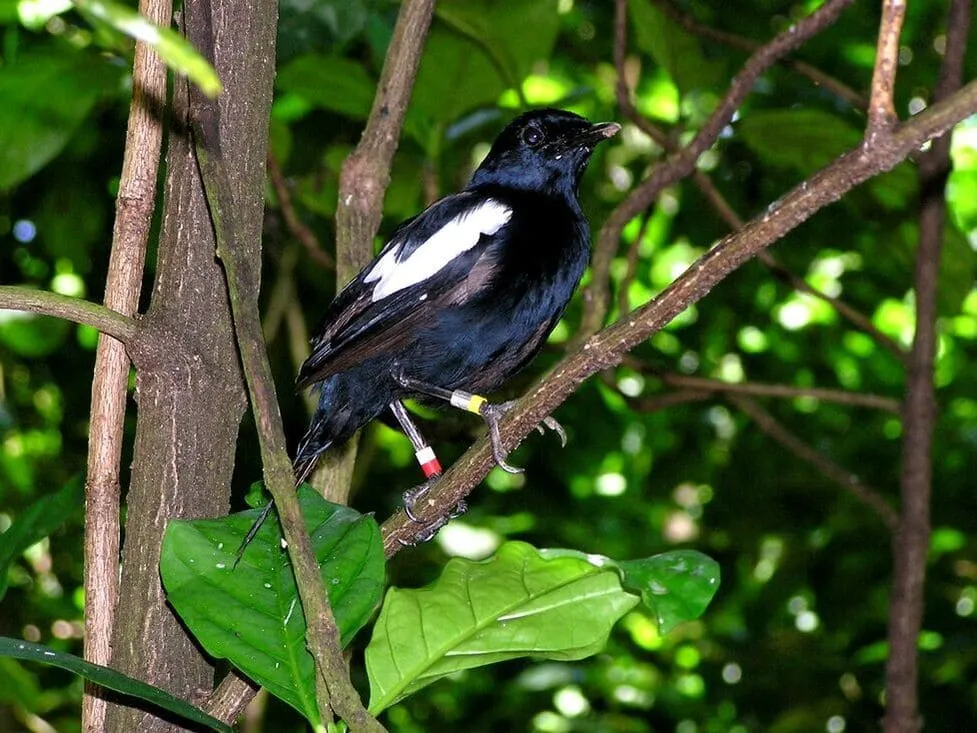
Image Source: Aride Island Nature Reserve - Home
Flora and Fauna
Aride Island is a sanctuary for a rich array of flora and fauna, with the distinction of having more breeding seabird species than any other location in the Seychelles. Its vegetation and wildlife are a testament to the island’s status as a well-managed nature reserve.
Endemic Species
Aride Island is home to several endemic species, plants unique to the region. One such example is the Wright’s Gardenia (Rothmannia annae), a rare plant that’s found only in this locale. The island’s fauna boasts the Seychelles Warbler, a bird once on the brink of extinction, now thriving due to successful conservation efforts. Further, reptilian life includes Aride’s skinks, with Wright’s Skinks being particularly noteworthy. These lizards are a critical part of the island’s ecosystem, which includes a variety of insects that contribute to the island’s biodiversity.
Seabird Colonies
The seabird colonies on Aride Island represent one of its most notable features. The island provides a safe breeding ground for multiple species, with significant populations that underscore its global importance. Notably, the island is populated by:
- Sooty Terns
- White-tailed Tropicbirds
- Lesser Noddies
Marine fauna is equally significant, with the Green Turtle frequenting the island’s surrounding waters, contributing to Aride’s standing as a haven for both avian and marine life.
Eco-Tourism and Activities
Aride Island serves as a premier destination for eco-tourism, drawing nature lovers to its unspoiled beaches, rich biodiversity, and unique seabird colonies. The island’s conservation efforts have made it a model for sustainable travel.
Ecotourism Initiatives
- Conservation Management: Managed by the Island Conservation Society, Aride Island is dedicated to preserving its ecosystem. Initiatives include habitat restoration, native plant propagation, and seabird monitoring.
- Sustainable Practices: Visitors contribute to conservation by adhering to the guidelines set to minimize human impact, such as controlled visitor numbers and designated walking paths through the lush vegetation to protect both flora and fauna.
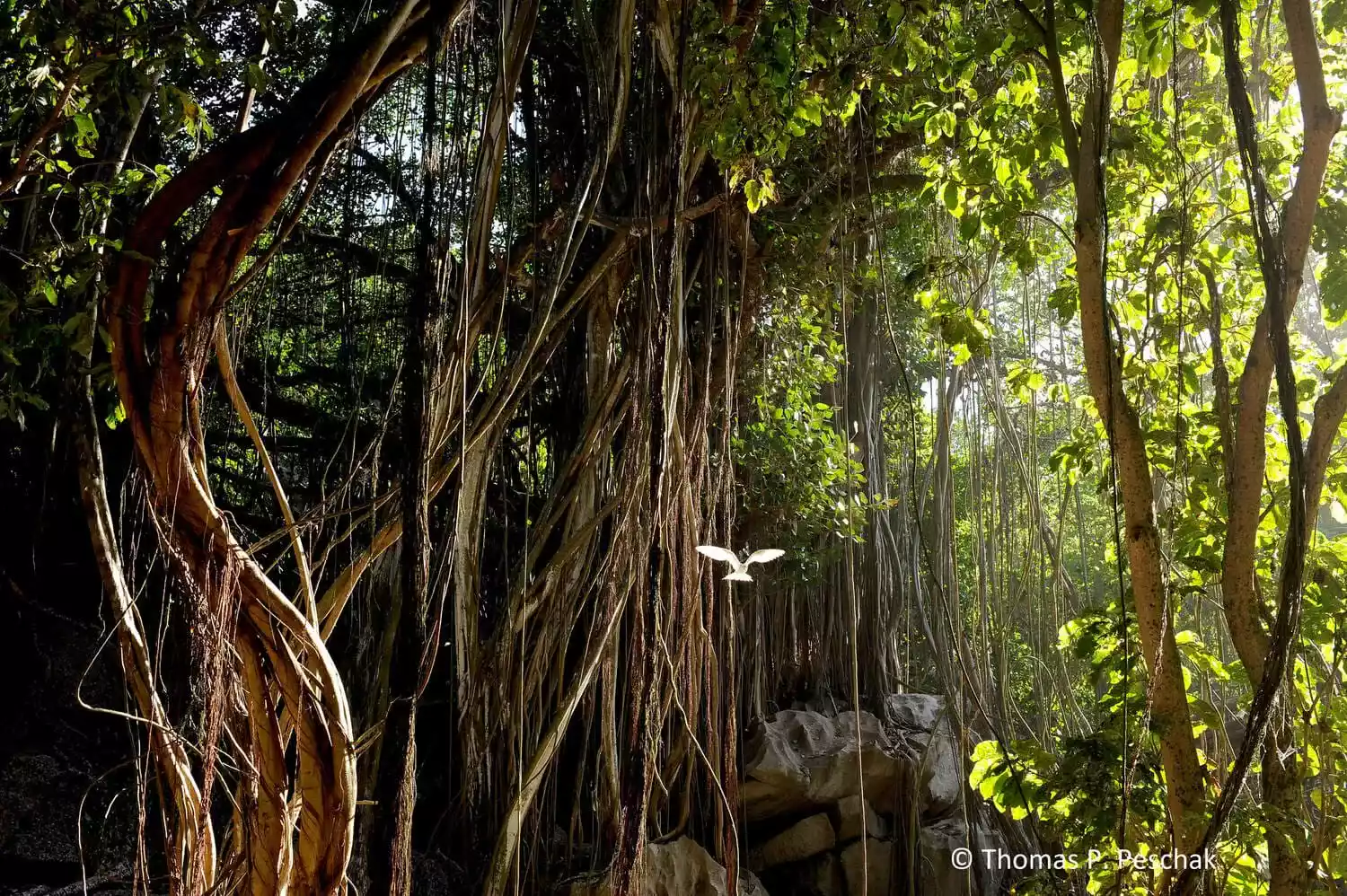
Image Source: Aride Island Nature Reserve - Home
Visitor Experience
- Nature Exploration: Guided tours offer insights into the island’s diverse habitats, from coral reefs to granite cliffs, home to remarkable seabird species.
- Wildlife Observation: Travelers can view several seabird species and may encounter green turtles, which nest on the beaches. Peak seasons offer the best chances for sightings.
- Swimming and Snorkeling: While Aride’s rough surf limits swimming for part of the year, the clear waters make for excellent snorkeling experiences, particularly outside the May-September period when the waves are calmer.
- Accommodation: There’s no commercial lodging on Aride; however, day visitors can explore the island’s beach and enjoy the dramatic coastal views.
- Scuba Diving: Near Aride, divers explore vibrant coral reefs teeming with marine life, although diving directly off Aride is not usually permitted to protect the fragile marine environment.
Supporting Aride Island
Aride Island, a special reserve, benefits from various support mechanisms that ensure its preservation and the flourishing of its native wildlife. These include structured volunteer programs and the involvement of dedicated non-governmental organizations (NGOs).
Volunteer Programs
Volunteers play a critical role in providing support to Aride Island. They typically assist the island staff and rangers with conservation tasks such as monitoring seabird colonies, collecting data, and maintaining the natural habitat.
Non-Governmental Organizations
Numerous NGOs contribute to the support and conservation of Aride Island. These organizations often create programmes that help fund the work required to maintain the island as a Special Reserve. They support the rangers and island staff by providing resources and expertise necessary to manage the reserve effectively. NGOs are pivotal in driving research, conservation, and education efforts, ensuring a sustainable future for the island.
Frequently Asked Questions
This section provides answers to common inquiries about visiting and exploring Aride Island, encompassing activities, transportation, tours, wildlife, and regulations.
What activities are available for visitors on Aride Island?
Visitors can engage in bird-watching, guided nature walks, and photography. The island provides a pristine environment for observing endemic wildlife and lush vegetation.
What are the transportation options to reach Aride Island?
To access Aride Island, visitors can use boat services available from Praslin, the closest main island. The trip can sometimes be choppy, but it’s the primary means to get to Aride.
Can you provide information about the ferry service to Aride Island?
Regular ferry service is not available, but visitors can book boat transfers through tour operators. The service typically includes a scheduled departure and return trip.
Are there guided tours available on Aride Island?
Yes, Aride Island offers guided tours led by knowledgeable guides. These tours are essential for a comprehensive experience, highlighting the island’s unique flora and fauna.
What types of birds can be observed on Aride Island?
Aride Island hosts one of the densest seabird populations in the Indian Ocean, with more breeding species than any other Seychelles island. Visitors can expect to see various species, including the world’s largest roost of lesser noddy.
What are the entrance requirements and fees for visiting Aride Island?
Visitors must pay an entrance fee, the proceeds of which are used for conservation efforts on the island. The requirements for visiting include adherence to conservation rules and respect for the sensitive ecosystem.




